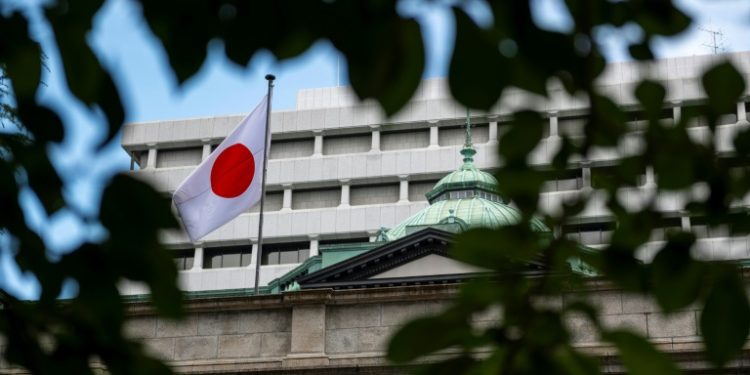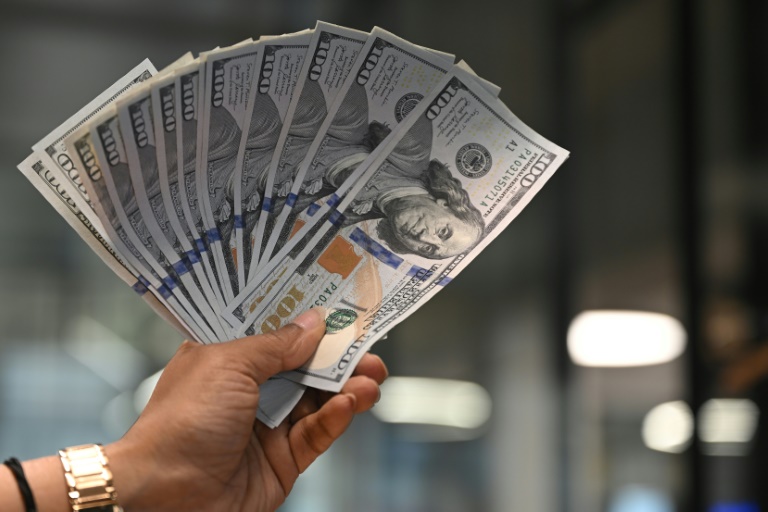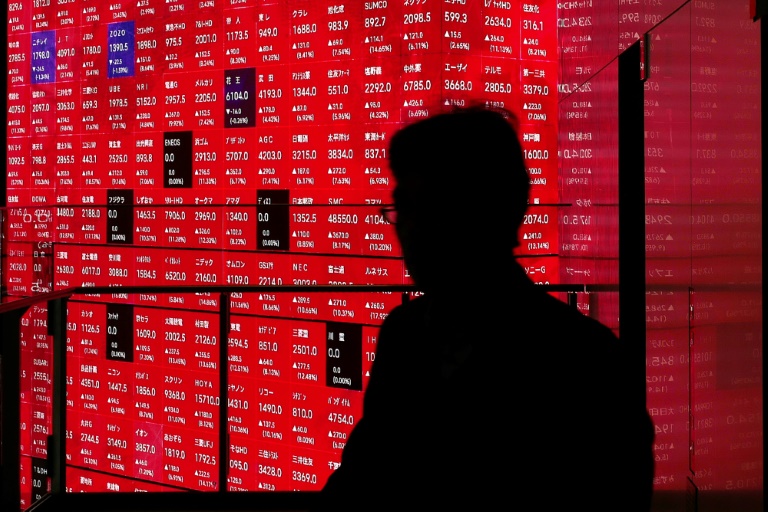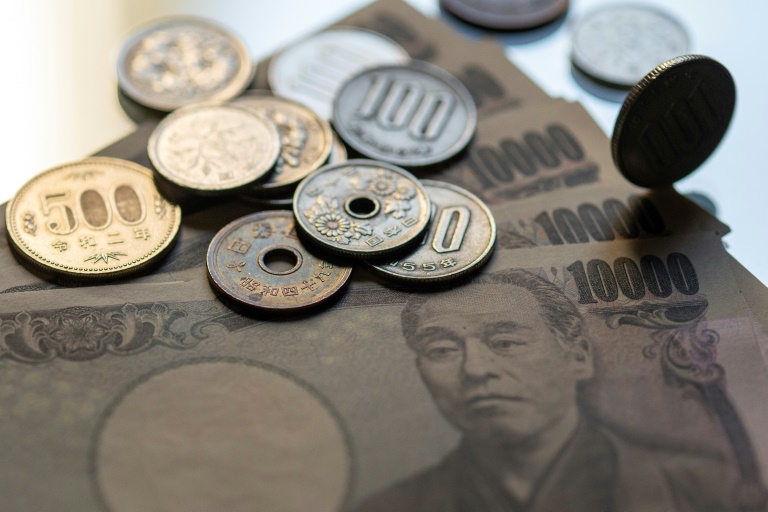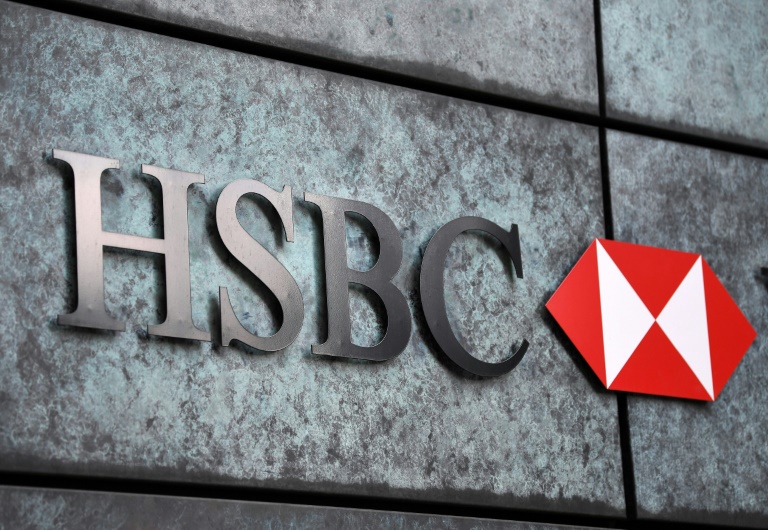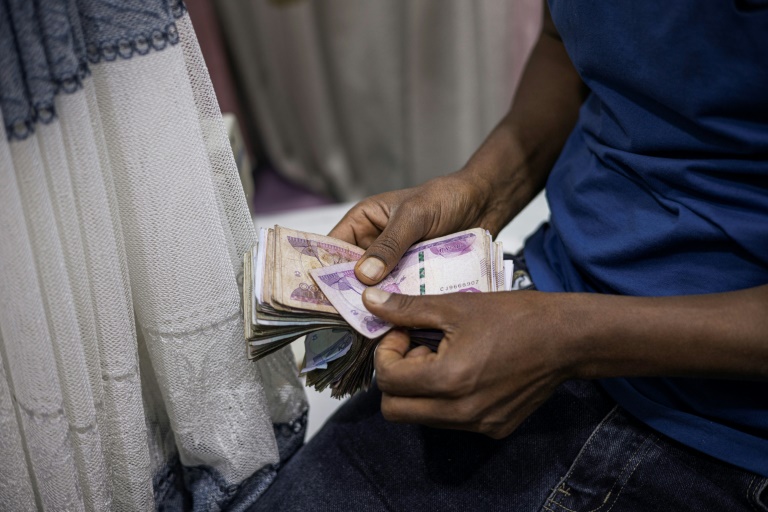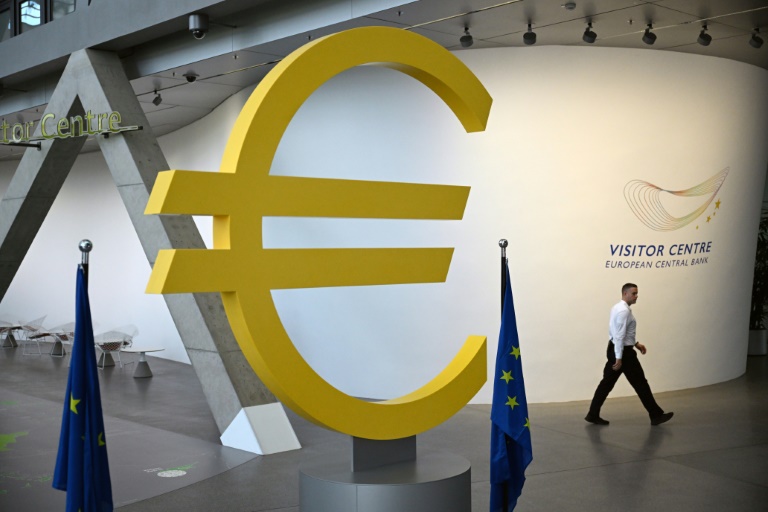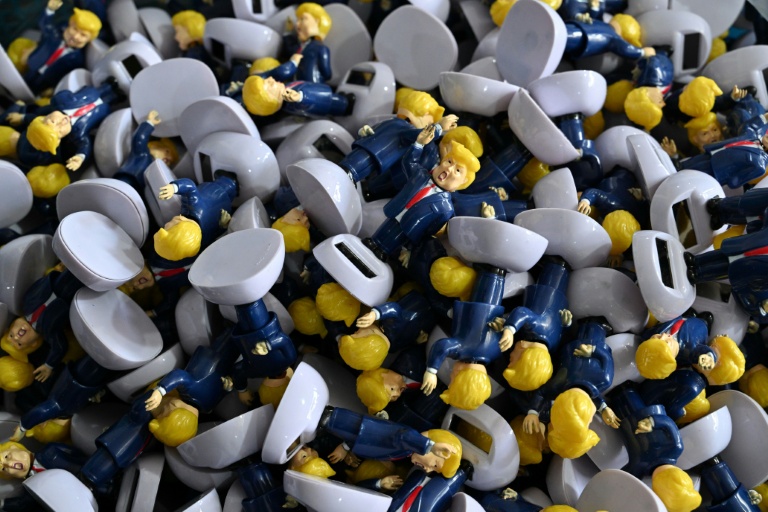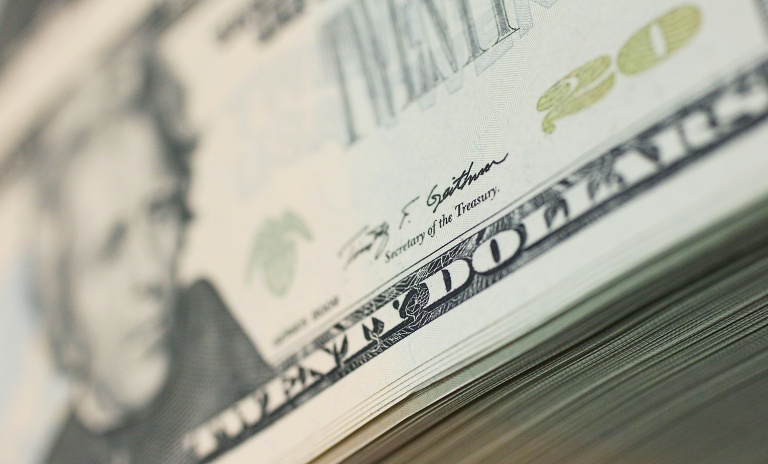Tokyo (AFP) – The Bank of Japan further unwound its massive monetary easing programme on Wednesday by hiking interest rates for only the second time in 17 years and indicating plans for more if the economy performs as officials expect. Long-standing ultra-loose policies have made the BoJ an outlier among central banks in recent years and have driven down the value of the yen. Data released Wednesday evening revealed that the finance ministry spent nearly $37 billion to prop up the Japanese currency over the past month, following its most expensive intervention in forex markets earlier this year.
After a two-day policy meeting, the BoJ set an interest rate of 0.25 percent, a notch up from the previous rate of zero to 0.1 percent. The move came after a hike in March that was the first since 2007 and brought an end to a maverick negative-rate policy aimed at boosting growth in the world’s fourth largest economy. Wednesday’s decision, which also detailed plans to cut government bond purchases, helped push the yen to 150.41 to the dollar. “The bank will accordingly continue to raise the policy interest rate and adjust the degree of monetary accommodation,” the BoJ said.
Some analysts had predicted policymakers would wait until the autumn to hike rates because of sluggish consumption in Japan. While wages are rising—with unions securing their biggest increases in three decades—this has been tempered by inflation, which has been above the bank’s target of two percent since April 2022. Governor Kazuo Ueda sought to assure market-watchers that the latest move was not too risky. “The hiked rate is still extremely low as a real interest rate. It won’t have a huge, negative impact on the economy,” he told reporters.
Wage increases have been seen across Japan in a broad range of sectors, among small and large businesses, Ueda said, with prices and wages expected to continue rising. “Regarding personal consumption, while the impact of price increases is visible, our view is that it has remained very solid,” he added.
– ‘Confident’ bankers –
The bank also said it will halve its monthly Japanese Government Bond purchases from six trillion yen ($40 billion) over the next two years. The purchases have been used to help keep borrowing costs extra low for years. Eyes are now on an announcement by the Federal Reserve due later in the day. Analysts and traders widely expect another pause by the US central bank while hoping for a nod to a September rate cut.
The yen has plunged against the dollar over the past two and a half years as other central banks, including the Fed, aggressively hiked rates to tackle inflation. Earlier in July, the yen hit its weakest level against the dollar since 1986, but it has strengthened since then, including a rally in recent days as expectations of a BoJ rate hike grew. Japan’s finance ministry said Wednesday it spent 5.5 trillion yen ($36.6 billion at today’s rates) to boost the yen’s value by intervening in forex markets between June 27 and July 29.
A yen surge in mid-June, shortly after US inflation data came in lower than anticipated, had triggered speculation among analysts of an intervention by Japanese authorities. In the month to May 29, the ministry had spent a record 9.8 trillion yen on selling dollars and buying yen, it previously announced. Saisuke Sakai, chief economist at Mizuho Research & Technologies, told AFP that the BoJ is “confident” prices are moving in the direction it wants to see. “Even though consumption is a tad weak, the rise in salaries is strong which will likely boost consumption sooner or later,” Sakai said.
Hiking rates now may have prevented the yen from weakening further, and an interest rate of 0.25 “is still in the range of accommodative monetary policy,” so is unlikely to trigger a recession, he added.
© 2024 AFP

